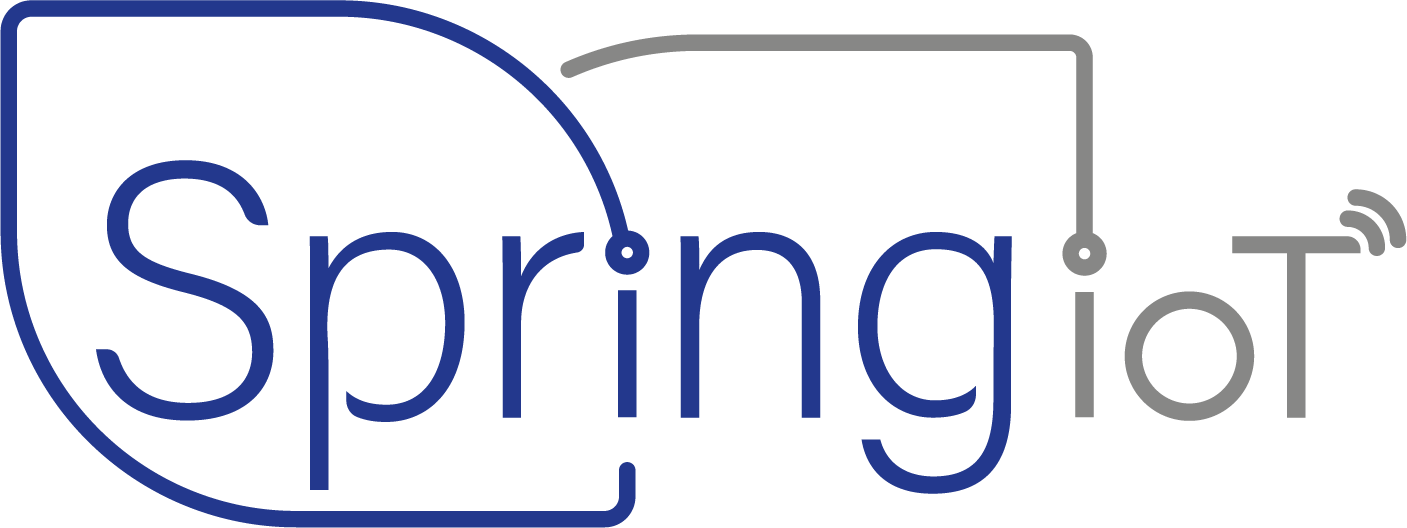LoRa and IoT
There are now billions of IoT devices connected to the internet and this is only set to increase. However, Wi-Fi and Bluetooth are not the most suitable IoT technology. Instead Low Power Wide-Area Networks (LPWANs) seem to be a far better fit to convey small packet data over long distances and in so doing provide the bandwidth necessary.
LoRa is a great fit with more than 100 operators in over 100 countries. It is a technology ideally suited to LPWAN applications. For low power, long range transmission with a low data rate, it is the ideal solution. Hence for remote or inaccessible locations such as in agriculture, underground, on buildings or inside tunnels, LoRa's performance is hard to beat.
LoRa uses a radio modulation technique similar to chirp spread spectrum (CSS) technology. The LoRa patent is owned by Semtech who manufacture the LoRa communication components or licence their manufacture to others. You need to buy a LoRa compatible device to make use of LoRa. However, once you have a LoRa compatible design, this can use LoRa to run on the LoRaWAN network protocol (LPWAN) which is available in many countries.
The LoRa Alliance provides a certification program to ensure interoperability among LoRaWan devices. LoRa is the physical layer, whereas LoRaWAN is the media access control (MAC) layer on top. Since the LoRaWAN link-layer specification is identical for all regions, this means a wide range of supplier devices and solutions.
There is also the option to create your own private LoRa network should LoRaWAN not prove suitable for reasons of latency or speed of response.
Whilst other IoT networks are available, they are often either a paid service (such as SigFox) or not low power consumption (such as NarrowBand Internet of Things NB-IoT). Since LoRa uses unlicensed bands there are no transmission fees as there are over 5G. Hence LoRa and LoRaWAN is a great solution for many IoT applications, with a very low cost of entry and very low running costs.
Global LoRa Gateway Market Size, Share & Trends Analysis Report
The LoRa Gateway market is set to explode. Driven by the expansion in LoRa enabled IoT devices, the number of LoRa gateway modules must also increase to provide the required access to the internet.
What is a LoRaWAN Gateway?
A LoRaWAN gateway is a device rather like a network router but with the job of connecting the IoT devices communicating over LoRaWAN to the cloud.
Large scale LoRaWAN networks with a high number of IoT devices may require multiple LoRaWAN gateways. The exact number required depends on the data rate and packet size. Multiple gateways improve the reliability of the network should there be a failure at any given point.
Whilst public gateways are available in many urban areas, they are less common in rural locations. Hence for some applications a private network LoRaWAN gateway to handle an installation's IoT devices and data may be more suitable, albeit at the higher cost of implementing your own infrastructure. It can mean improved security; it allows the network administrator to monitor traffic; the gateway can be placed exactly where needed; and it can provide access for those difficult to reach locations.
Once the IoT data has reached the LoRaWAN gateway, the data can be converted to a faster format for transfer over the internet. Ethernet, LTE or WiFi are all possible. The gateway is exactly that: the connecting technology that takes your IoT sensor data from LoRa enabled devices and makes this available to your customers over the cloud.

